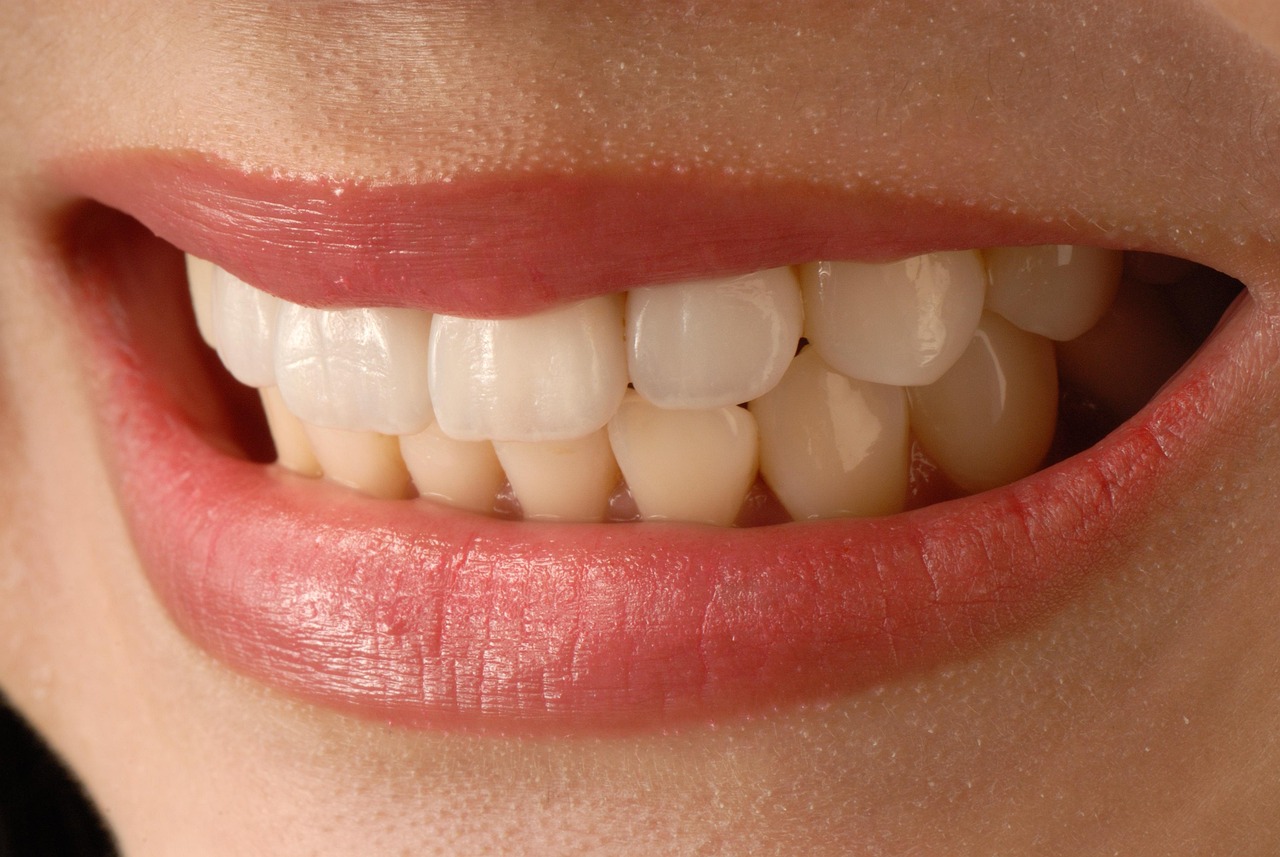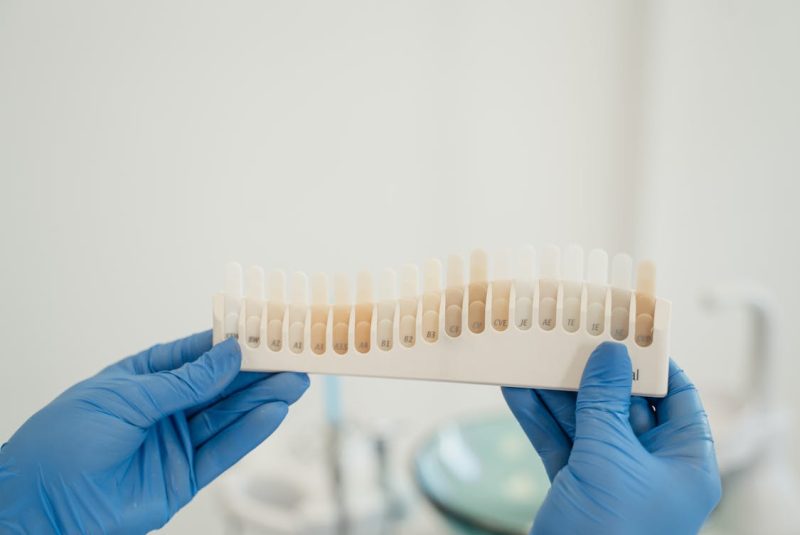When people talk about veneers they often lump every option together, as if size and shade were the only things that mattered. The reality is different: a veneer is more than a shell — it is an engineered layer that must sync with tooth shape, bite forces, gum contours, and facial dynamics.
Generic veneers are mass-produced with one-size assumptions, where custom work reads biometric signals, subtle angulations, and microscopic fit. That gap shows up quickly in wear patterns, comfort, and the way light plays off enamel-like surfaces; short-term cosmetic gains can translate into long-term irritation if fit and function aren’t aligned.
Fit And Form
A good fit is not optional — it’s central to how a veneer performs and how it feels in the mouth. Generic shells are cut for averages and the average rarely equals your mouth, so margins, contact areas, and edge placement will be off. When margins sit wrong they trap plaque, cause gum response, and change how you bite.
Material Choice And Microstructure
Materials matter down to the grain and glaze; not every ceramic or composite behaves the same under load or in wet conditions. Generic units often use a limited palette of materials chosen for ease of manufacture rather than long-term function, which affects translucency and stress resistance. A custom pick lets clinicians match density and microstructure to opposing teeth and chewing patterns.
Patients and practitioners seeking reliable, safe materials can explore FDA-approved dental resin products for aesthetic improvements, which combine clinical safety standards with natural-looking results.
Shade Matching And Light Behavior
Color is more than a single number; it’s a set of layers and gradients that change with light and angle. Off-the-shelf pieces rely on a few preset shades that can look flat under daylight or too warm under LED. Custom shading integrates surface texture, translucence, and internal staining so the restoration reads naturally across nooks and lighting.
Occlusion And Bite Dynamics

Every bite is unique, a rhythm of contacts and forces that shifts as you chew and speak. Generic veneers assume a neutral occlusion and may introduce new contacts that alter chewing paths or increase stress on neighboring teeth. Custom restorations are sculpted to fit existing occlusal schemes and to distribute forces in a way that reduces chipping and discomfort.
Margin Integrity And Periodontal Health
Where a veneer meets the tooth at the margin is a microscopic world with big consequences; gaps invite bacteria and provoke soft tissue changes. Mass-produced shapes can’t account for the subtle curvature and recession patterns that vary across patients, so margins often end up unsupported or overextended. Custom margins are trimmed and polished to follow the gingival line closely, reducing plaque traps and irritation.
Laboratory Workflow Versus Mass Production
Hand or digitally guided lab work allows iterative checks: models, trials, adjustments, re-polish, and patient feedback. In contrast, factory runs emphasize speed and yield, relying on templates and few checkpoints. That assembly-line efficiency reduces per-unit cost but also removes the feedback loops that catch fit-and-function issues before placement.
Long-Term Wear And Repairability
Wear is a story written over years; how a veneer ages depends on initial fit, material grain, and the patient’s habits. Generic pieces tend to wear unevenly and can transfer unwanted stresses to adjacent teeth, creating a domino of repairs. When a custom veneer shows wear the lab can often rework margins or resurface areas while preserving neighboring structures.
Gum Interaction And Aesthetics Over Time
Tissue interaction goes beyond color: it includes contour, thickness, and how the prosthetic displaces or supports soft tissue. Generic profiles may push or pull the gum margin in ways that alter smile lines and create shadowing at the tooth-gum junction. A custom approach shapes emergence profiles that keep the gingiva stable and the smile looking natural through months and years.
Patient Comfort And Functional Feel
Comfort is judged in the moment and over weeks; patients sense roughness, thickness, or foreignness immediately. Generic veneers sometimes feel bulky or produce a speech change that wears on patience. Custom pieces are refined to the patient’s sensory map so they sit quietly and feel familiar, often unnoticed after a short period.
Clinician Control And Predictability
A clinician working with custom options controls each variable: prep depth, cement selection, surface treatment, and final polish. That control reduces surprises at the seating appointment and improves predictability of outcomes and lifespan. Generic solutions shift control away from the clinician to the manufacturer’s template, increasing the chance of on-site compromises.
Economic Trade-Offs And Value Over Time
Initial cost savings on mass units may look attractive, yet the total cost picture includes repairs, replacements, and potential biological sequelae. Spending more up front for a custom approach can yield fewer follow-up visits and less intervention down the road. The return on a precise restoration often shows itself in saved chair time and patient satisfaction.
Communication And Iterative Feedback
Custom workflows include a loop: clinician, lab, and patient exchange notes, try-ins, and adjustments that refine the final work. Generic pathways compress or omit that loop, producing a one-shot outcome that can’t be tuned. That iterative process mirrors how people actually think and respond, allowing small, human tweaks that machines and templates miss.
Microfit And Cement Behavior
How a veneer seats and how cement flows into microgaps determine resistance to debonding and leakage over time. Factory shapes rarely account for individual enamel topography and prep nuances, so cement joints can be thin in places and thick in others. Custom preparations are matched to the restoration so the luting layer is consistent and predictable.
Surface Finish And Plaque Retention
Surface roughness plays a part in plaque adherence and staining propensity; the smoother the glaze and the better the polish, the less material accumulates. Generic finishes are often adequate at first but wear patterns and crazing reveal imperfections sooner. Custom finishing includes glazing techniques and polishing sequences tailored to the chosen material, which prolongs surface integrity.
Design Flexibility And Clinical Decision Making
Finally, custom work gives the clinician design options that respond to clinical realities like enamel thickness, previous restorations, and aesthetic goals. Generic veneers force choices into a narrow band and may require the clinician to compromise tooth structure to fit the device. When the goal is harmony of form and function, the ability to change course matters.









